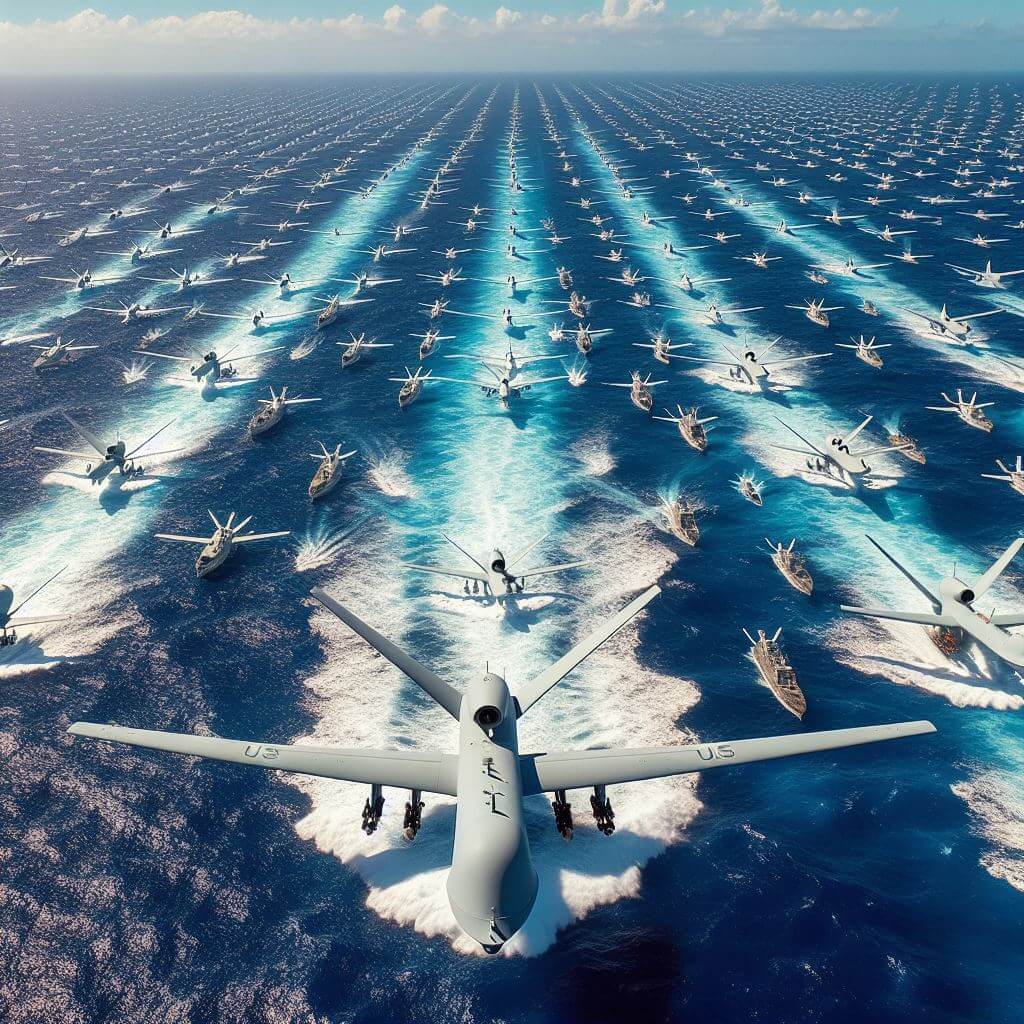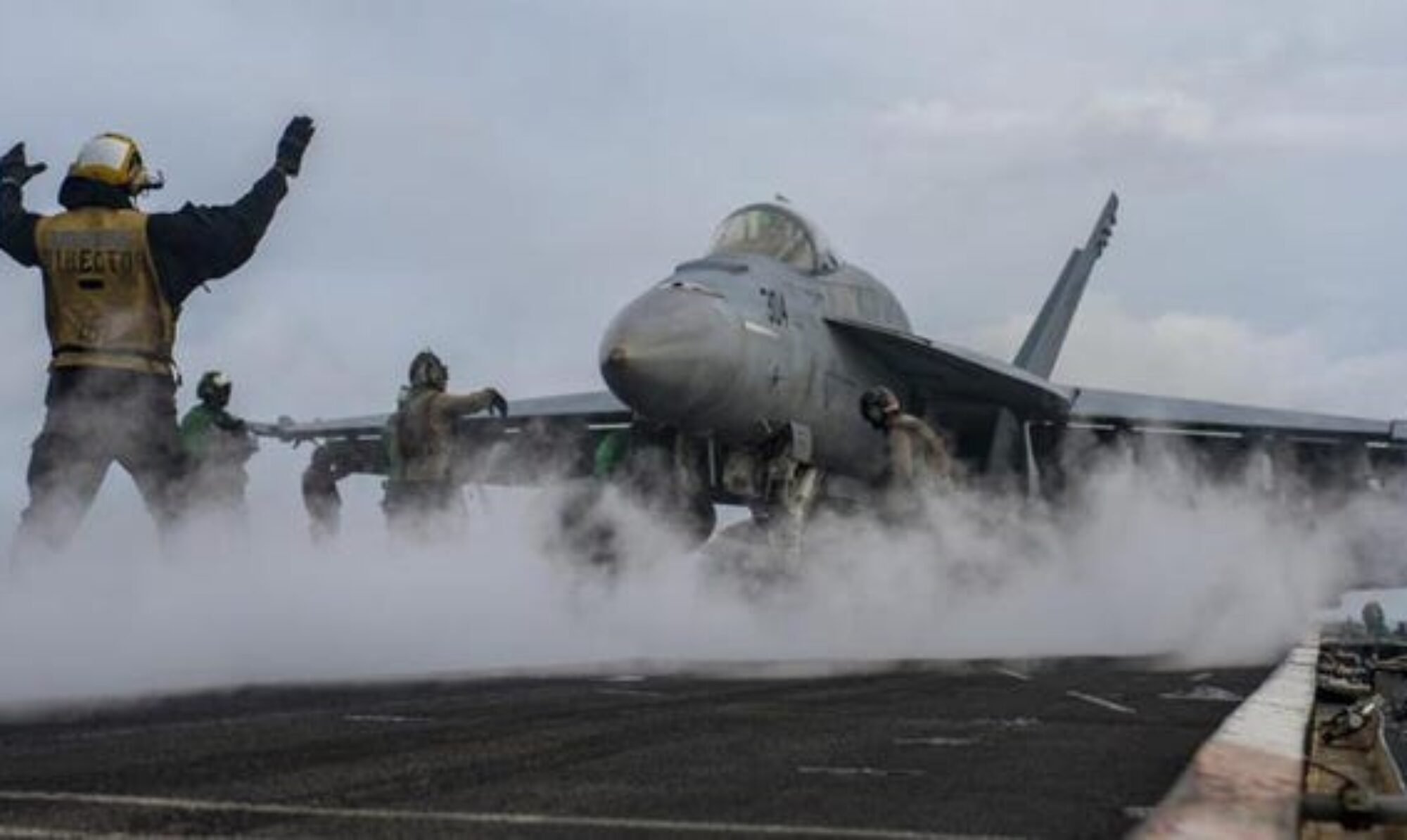
Introduction:
The U.S. Navy is rapidly advancing its unmanned systems program, particularly in the Pacific Ocean, to counter China’s growing threat. This blog post, based on an article by Patrick Tucker in Defense One, highlights the key developments and implications for the future of naval warfare.
Why This Matters:
The potential deployment of “hundreds of thousands” of drones in the Pacific has significant ramifications for regional security, technological warfare, and the future of naval combat.
Takeaways:
- Pacific Focus: The U.S. Navy is prioritizing drone development in the Pacific, primarily to deter China from attacking Taiwan.
- Large-Scale Deployment: Experiments with unmanned systems in the Middle East and South America are paving the way for large-scale drone deployments in the Pacific.
- Logistical Challenges: Integrating and managing tens of thousands of drones presents logistical hurdles that require innovative solutions.
- New Capabilities: Drones offer advantages in intelligence gathering, surveillance, and potentially offensive operations.
- AI Integration: The Joint Fires Network aims to leverage AI and drones for faster target identification and engagement.
- Competition with China: Both the U.S. and China are racing to develop and deploy advanced drone technology, intensifying the technological arms race.
Conclusion:
The U.S. Navy’s drone program marks a significant shift in naval warfare, potentially transforming how future conflicts are fought. This blog serves as a springboard for further discussion and engagement within the Americans for a Stronger Navy community.

